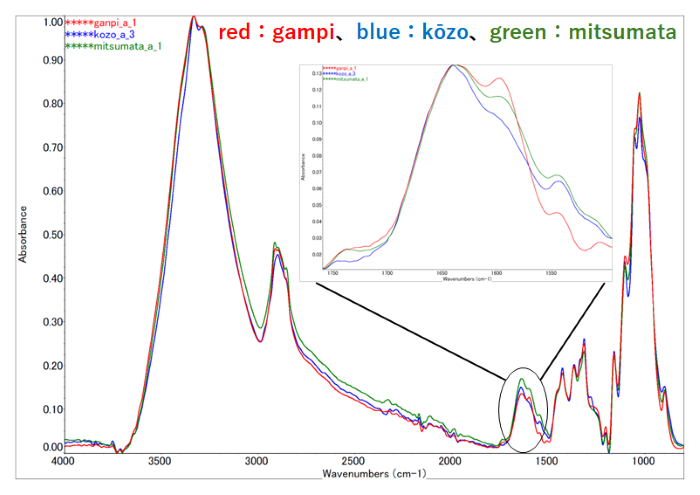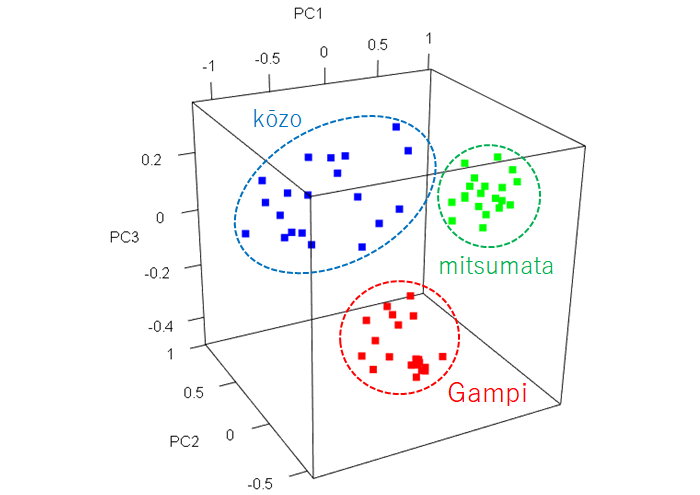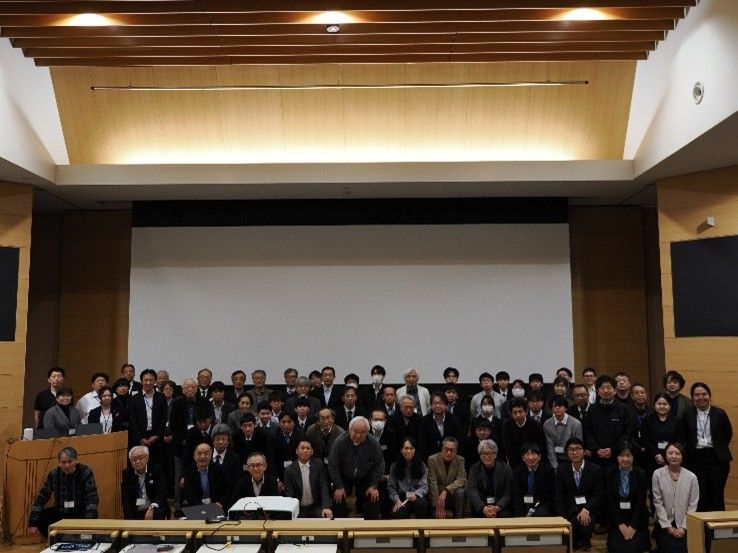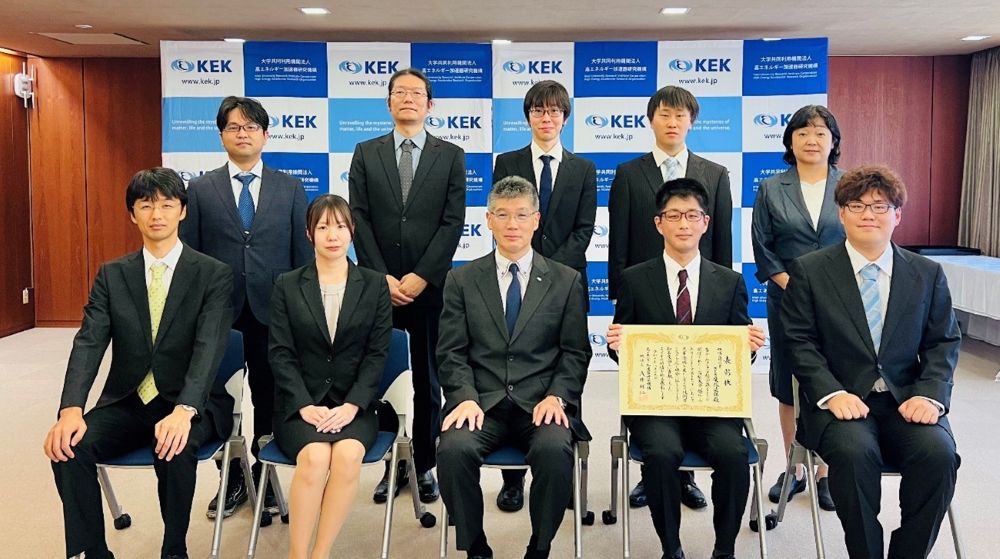Non-Destructive Identification of Japanese Paper “Washi” Using Chemical Analysis
Since 2022, The Radiation Science Center and the Historiographical Institute of the University of Tokyo have been conducting a joint research project aimed at identifying the material plants and additives in traditional Japanese paper “washi” used in cultural heritage by chemical analysis. In this report, we report on the identification of the material plants of washi.
Scientific information about washi, such as its materials and composition, provides important evidence for reconstructing historical records. There is strong interest in analytical methods that can obtain such information without damaging the paper, as valuable historical materials cannot undergo destructive analysis. Our research focuses on identifying the material plants and additives used in handmade washi by combining Fourier Transform Infrared Spectroscopy (FT-IR) and Principal Component Analysis (PCA).Fig. 1 shows the attenuated total reflection (ATR)-IR spectra of washi made from three plant species, Diplomorpha sikokiana (gampi), Broussonetia kazinoki (kozo), and Edgeworthia chrysantha (mitsumata) known as typical plants used in traditional washi. The main component of the papers is cellulose, and the three spectra are very similar. It is difficult to distinguish the spectra by eye, but there are small differences around 1600 cm⁻¹. Here, we applied PCA, which is one of the popular statistical analysis methods, to ATR-IR spectra measured at 20 points for each type of washi. The results are shown in Fig. 2, where each spectrum corresponds to a single data point. Since PC1-PC3 values were close for each plant species, the results suggest that plant species can be identified by ATR-IR and PCA. We are studying ways to improve our measurement techniques and spectral analysis methods to achieve better non-destructive identification.




